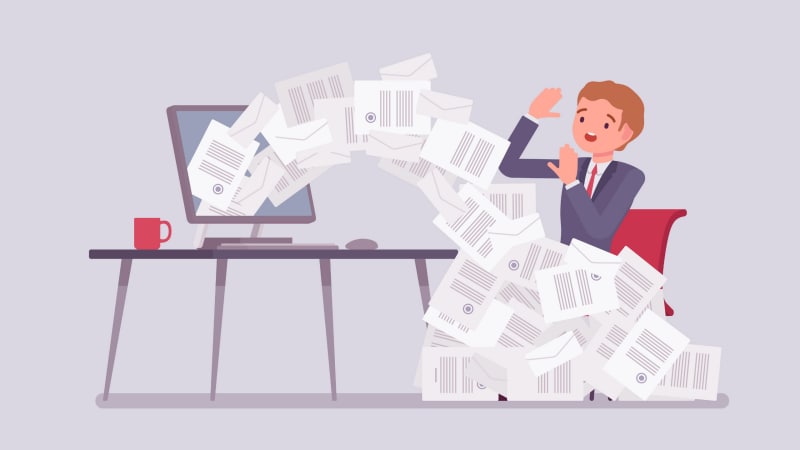What is the debt avalanche method and how to apply it

If you have debt that you're struggling with paying off, it may seem impossible to wrap your mind around without a good strategy. Where do you start? One method that many people find useful is to adopt the avalanche method. This approach helps to pay off your debts by focusing on those with the highest interest first.
In this article, we will explore:
- How the debt avalanche method works
- Applying the debt avalanche method
- Advantages of using the debt avalanche method
- Disadvantages of using the debt avalanche method
How the debt avalanche method works
This method works by attacking the loans with the higher interest rates first. Once you pay off the debt with the highest interest rates, you focus your attention on the next-highest interest rate loan and continue the cycle from there. Keep in mind that this approach could potentially entail larger monthly payments. Making the minimum monthly payment of all your debts is essential, as it may ensure that you won’t incur any extra fees or penalties.
Making these payments can greatly affect your credit score, which you can view for free when you enroll in Chase Credit Journey®. This free online tool, accessible to everyone including those who are not Chase customers, can help you understand more about the factors that contribute to your credit score. For example, when you pay off debts (such as credit card debts), you avoid late or missed payments and lower your credit utilization ratio, which can improve your credit score.
For example, let’s say you have a $10,000 debt towards a personal loan at 5% APR. You also have a smaller debt for a car loan at $6,000 but at an even higher APR of 17%. Applying the avalanche method, the first debt you would make you payments towards is the car loan.
Applying the debt avalanche method
The debt avalanche method works as follows:
- First, organize your debts into a list and assess which comes with the highest interest rate. You may want to write them out in order of highest-to-lowest interest rate.
- Next, make a budget so you can contribute more than the minimum monthly payments towards that highest interest rate debt while also being able to make your other minimum monthly payments.
- Once that debt is paid off, put that amount towards your next loan.
Debt avalanche method vs. debt snowball method
The debt avalanche approach is just one of other alternative methods and debt management tactics. You may have also heard of the snowball method. While the debt avalanche approaches higher interest rate loans first, the snowball method is where you “roll” from the smallest debt amount to the largest one.
The snowball method may be better if you feel motivated by small victories, as you can gain momentum (and perhaps feel more encouraged and accomplished) over time.
Advantages of using the avalanche method
Because the avalanche method starts with the highest interest rates first, it’s possible you may save money in terms of interest costs (more so than if you used the snowball method).
Disadvantages of using the avalanche method
Because the avalanche method can be a little intimidating, it may be difficult to make the large monthly payments this method entails, resulting in discouragement and perhaps even missed payments. Because of that, this method requires consistency and discipline over a long period of time.
In summary
Debt can be overwhelming to manage and sort through when you don’t have a place to start. If you follow the avalanche method, you'll be provided with much-needed structure and an opportunity to save on interest payments. Just be sure to stay focused, diligent and patient as you go through the process of paying off your debts. Using Credit Journey® can help you stay on track of your progress with helpful resources and credit score refreshes.



